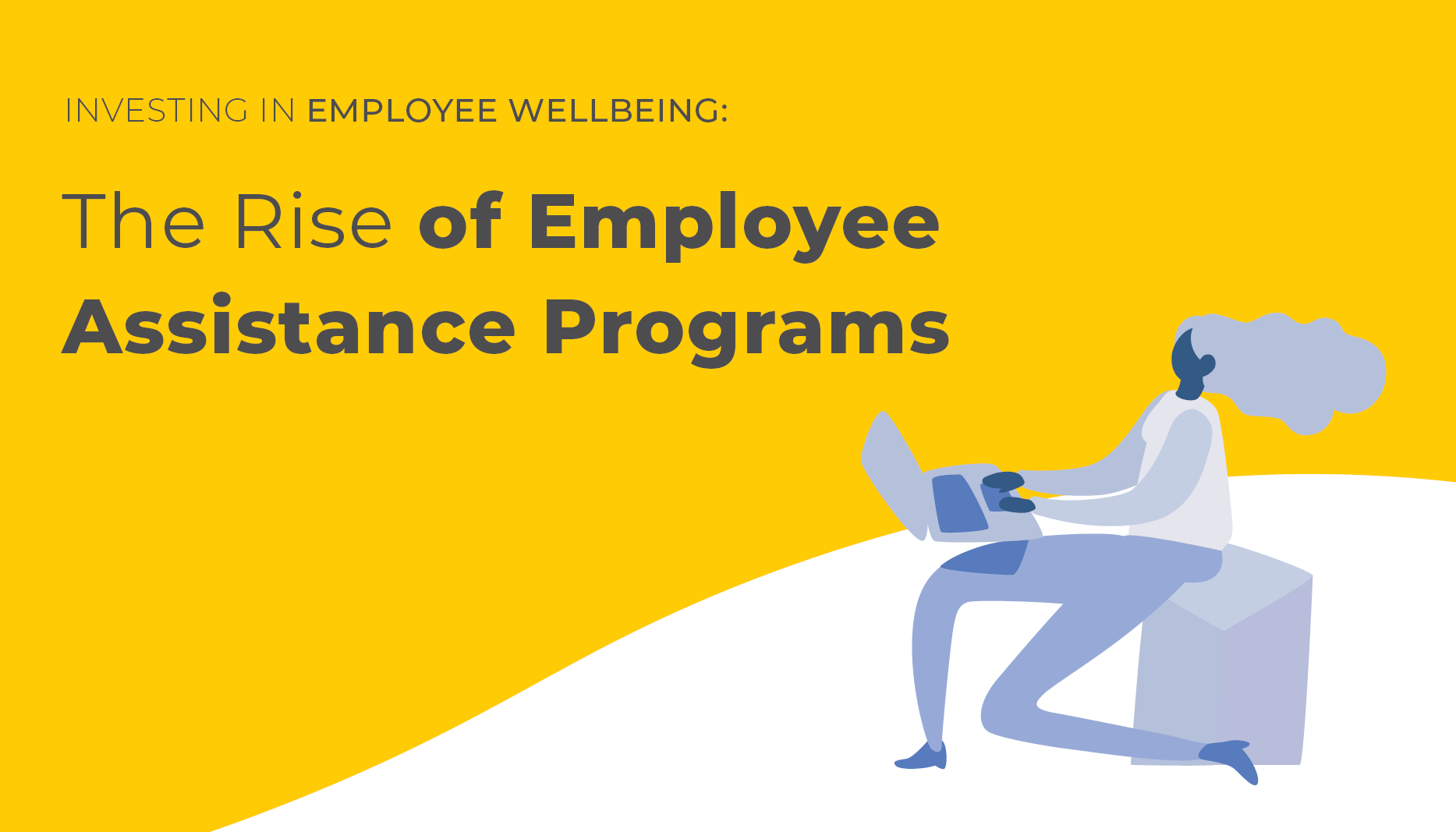[Report] COVID-19 and the Growth of Employee Assistance Programs (EAP)
By: Benefits by Design | Tuesday October 13, 2020
Updated : Wednesday May 29, 2024
The mental health crisis in Canada affects more than 6.7 million Canadians — and by extension, their employers — paving the way for unhappy and unengaged Canadians. Poor employee mental health reduces innovation and productivity, creates less engaged workforces, and hurts the bottom line. The ongoing COVID-19 pandemic is only making all of this worse.
Proactive employers looking to support their employee’s mental health and protect their companies are turning to one product in particular to make improvements: Employee Assistance Programs (EAP)s.
Download the Report: Investing in Employee Wellbeing in 2020 and Beyond
What is an Employee Assistance Program (EAP)?
An Employee Assistance Plan (EAP), also commonly referred to as an Employee Family Assistance Program (EFAP), provides employees and their dependents confidential support and counselling with accredited professionals to help work through some of life’s challenges.
COVID-19 and Employee Mental Health
Canada’s mental health crisis is projected to get much worse in the wake of the COVID-19 pandemic. Canadians continue to grapple with social and physical distancing norms and other disruptions to daily life.
Increasing anxiety and rising claims for antidepressants and anti-anxiety medications, combined with the impacts poor mental health can have on a workplace, make a compelling case for integrating an EAP into an employee benefits program. And we’re not the only ones who think so.
A new survey by Mercer Canada shows that Canadian employers are already on track to make investments in employee wellbeing. Two-thirds (63%) of employers surveyed said they’re investing or plan to invest in ensuring the wellbeing of their workforce in the short and long term.
How an Employee Assistance Program (EAP) Improves Mental Health
That’s a good thing, because as this next section points out, Canadians may be approaching a low point in their mental exhaustion with COVID-19.
COVID-19 — Disaster Recovery
In an interview with Mike McClenahan, one of BBD’s Managing Partners, Jamie Marcellus, President of our EAP provider HumanaCare, spoke about how most people react to and recover from a disaster like a global pandemic.

This image is used with permission from HumanaCare.
This chart tells us that the ‘Disillusionment’ period lasts a long time, and is where Canadians are at their lowest and require the most support — and that’s right about where we are now says Jamie.
“In March, when the pandemic largely impacted Canada, many individuals rallied around health care professionals on the front line, which matches the community cohesion descriptor of Hallock’s thesis,” said Jamie. “We are arguably in the ‘Disillusionment’ phase, where we are seeing the ups and downs of returning to work, increasing cases, and fluctuating levels of anxiety due to the relative uncertainty of everything.”
Before COVID-19, all the evidence pointed to a growing mental health problem in Canada, which was already beginning to affect workplaces and home lives. As the two begin to intermingle thanks to necessary work from home initiatives by workplaces, the evidence is practically shouting from the rooftops: Canadians need help and support.
Still need convincing? Hear it from the horse’s mouth (so to speak):
How an Employee Assistance Plan (EAP) Transformed My Mental Health
Opportunity is Knocking
EAPs can help employees navigate the difficult and unprecedented times of COVID-19. What’s more, an EAP can also assist with the many life challenges that are still to come. Employers can safeguard their employees’ mental health and wellbeing while taking steps towards protecting their businesses from the negative impacts of reduced productivity and engagement.



